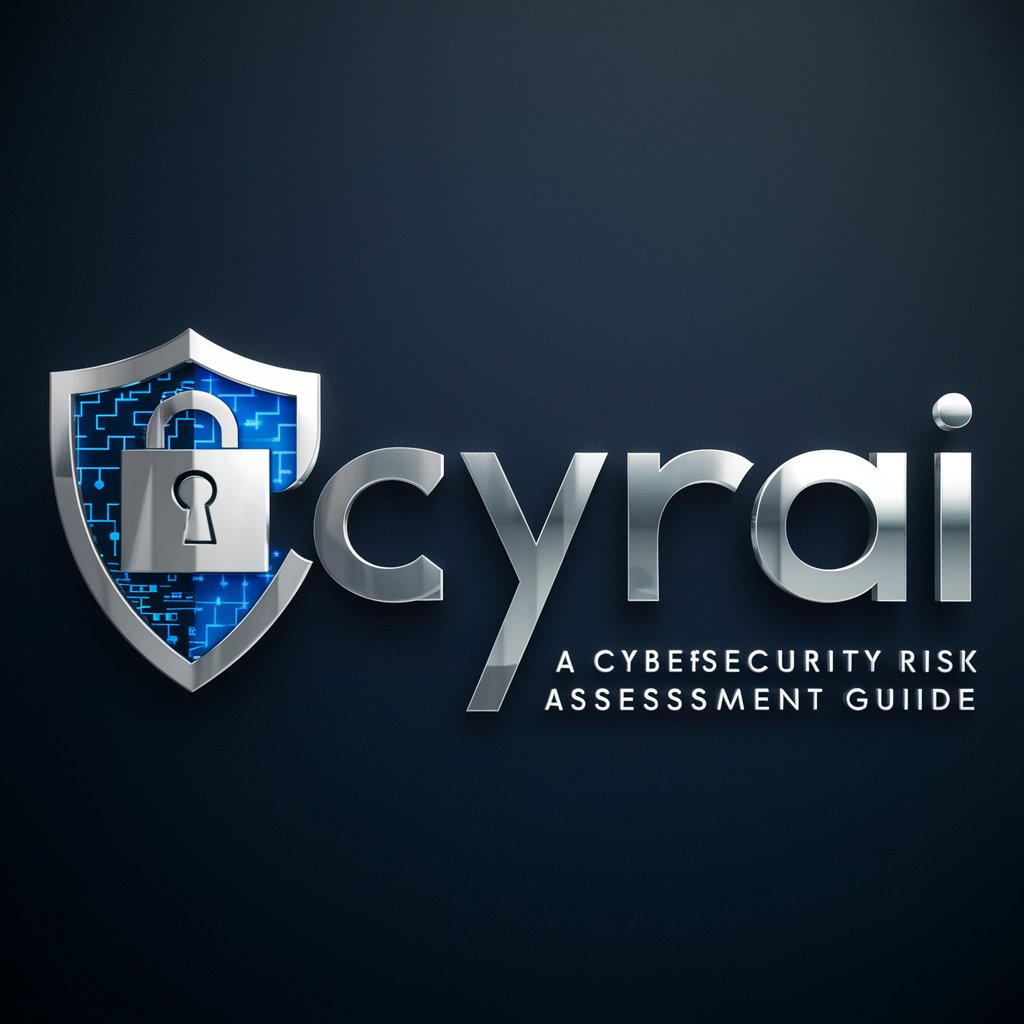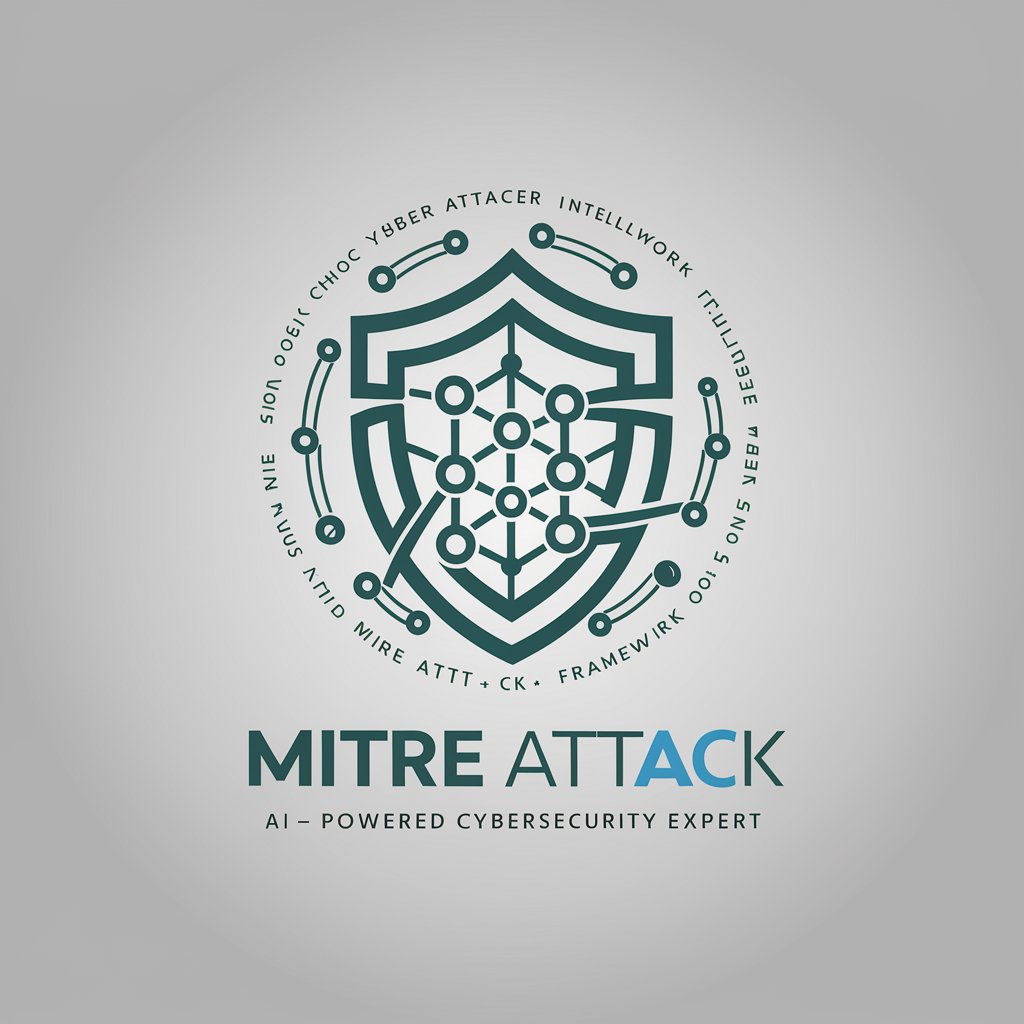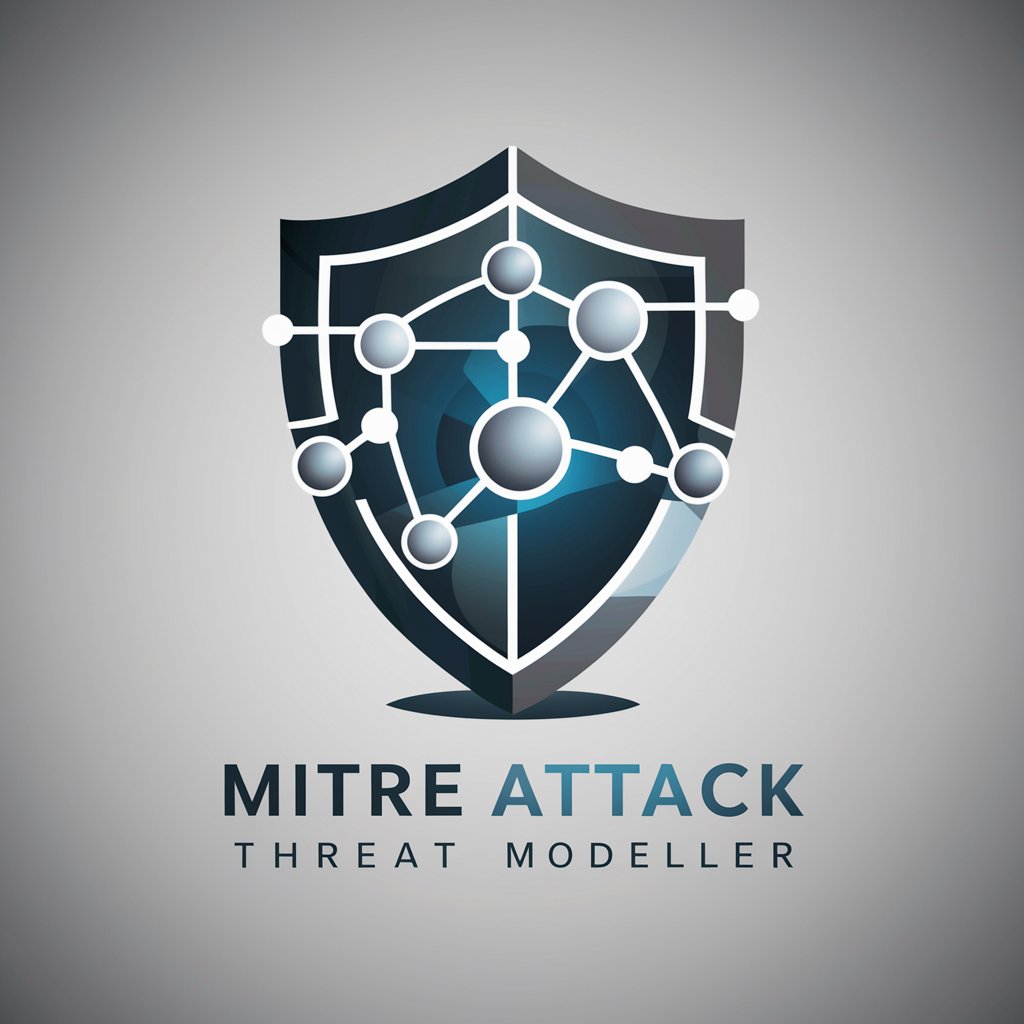12 GPTs for Threat Modeling Powered by AI for Free of 2025
AI GPTs for Threat Modeling are sophisticated tools designed to leverage the capabilities of Generative Pre-trained Transformers in the realm of cybersecurity and threat assessment. These tools are specifically developed to analyze, predict, and counteract potential security threats in various systems. By utilizing the advanced language understanding and generation capabilities of GPTs, these tools offer tailored solutions for identifying vulnerabilities, simulating attacks, and developing defense strategies. Their relevance lies in their ability to provide dynamic and context-aware threat analyses, making them invaluable in enhancing cybersecurity measures.
Top 10 GPTs for Threat Modeling are: AppSec Advisor,Spartan-GPT,CyberSecurity Risk Assessment Guide,CyberAI Secure Software,DevSecOps,Appsec360,SecurityDesignArchitect,Cyber Sentinel,mitre attack,MITRE Attack Threat Modeller
AppSec Advisor
Elevate Your App Security with AI

Spartan-GPT
Master Cybersecurity with AI Guidance

CyberSecurity Risk Assessment Guide
AI-Powered Cybersecurity Risk Analysis

CyberAI Secure Software
Empowering Secure Software with AI

DevSecOps
Automating Security in DevOps

Appsec360
Elevate Application Security with AI

SecurityDesignArchitect
Designing Security with AI Expertise

Cyber Sentinel
Empowering cybersecurity with AI.

mitre attack
Decoding Cyber Threats with AI

MITRE Attack Threat Modeller
AI-Powered Threat Modeling and Mitigation

DDoS.AI
AI-Powered DDoS Protection Insights

ProductSecurity
AI-powered Security for Your Product

Key Characteristics and Abilities
AI GPTs tools for Threat Modeling are distinguished by their adaptability and comprehensive analytical capabilities. They offer a wide range of functionalities from basic threat identification to complex predictive modeling. Special features include natural language processing for understanding technical documentation, web searching for the latest threat intelligence, image creation for visualizing threats, and data analysis for identifying patterns in security incidents. These capabilities enable the tools to adapt from simple to complex security tasks, providing customized solutions for threat modeling.
Who Benefits from AI GPTs in Threat Modeling
The primary users of AI GPTs for Threat Modeling include cybersecurity novices, software developers, and IT security professionals. These tools are designed to be accessible to those without extensive coding skills, offering intuitive interfaces and guided processes for threat modeling. Additionally, they provide advanced customization options for users with technical expertise, allowing for the development of sophisticated threat analysis models and security strategies.
Try Our other AI GPTs tools for Free
Privacy Secure
Explore AI GPT tools tailored for Privacy Secure, offering cutting-edge solutions for data protection and secure operations across industries.
Observational Planning
Discover how AI GPTs for Observational Planning revolutionize data analysis and strategic planning with tailored AI solutions. Enhance decision-making with advanced predictive modeling and comprehensive data analysis.
Astronomy Learning
Explore the stars with AI GPTs for Astronomy Learning, your gateway to understanding the universe through tailored educational content, interactive experiences, and cutting-edge data analysis.
Ethical Stargazing
Discover how AI GPTs for Ethical Stargazing are revolutionizing the field by integrating ethical considerations into celestial observations, making stargazing accessible and responsible.
Social Activities
Discover how AI GPTs for Social Activities can transform your event planning and community engagement with tailored, intuitive solutions.
DeFi Strategy
Explore how AI GPTs for DeFi Strategy revolutionize decentralized finance with advanced analytics and insights, tailored to empower investors and developers alike.
Enhanced Solutions with AI GPTs
AI GPTs serve as a cornerstone for customized threat modeling solutions across various sectors, offering user-friendly interfaces and the ability to integrate with existing workflows. Their adaptability and advanced capabilities make them an essential tool for enhancing cybersecurity measures, providing both novices and professionals with powerful analytics and insights into potential security threats.
Frequently Asked Questions
What exactly are AI GPTs for Threat Modeling?
AI GPTs for Threat Modeling are artificial intelligence tools designed to assist in the identification, analysis, and mitigation of potential security threats using Generative Pre-trained Transformers technology.
How do AI GPTs improve threat modeling processes?
They enhance threat modeling by providing advanced analytics, natural language processing, and predictive modeling capabilities, allowing for more accurate and dynamic threat assessments.
Can non-technical users utilize these tools effectively?
Yes, these tools are designed with user-friendly interfaces that enable non-technical users to conduct threat modeling without requiring deep programming knowledge.
What kind of customization options are available for technical users?
Technical users can customize threat modeling parameters, integrate custom data sources, and tailor the AI's learning process to suit specific security requirements.
How do these tools stay updated with the latest threat intelligence?
AI GPTs tools can integrate with online databases and utilize web searching capabilities to continuously update their threat intelligence in real-time.
Are these tools capable of predicting new types of threats?
Yes, through machine learning and data analysis, these tools can identify patterns and anomalies that may indicate emerging threats, even those not previously known.
Can AI GPTs for Threat Modeling integrate with existing security systems?
Many of these tools are designed to be compatible with existing security infrastructures, allowing for seamless integration and enhanced threat detection capabilities.
What are the limitations of using AI GPTs for Threat Modeling?
While highly effective, these tools may not capture every possible threat scenario and should be used as part of a comprehensive security strategy that includes human oversight.